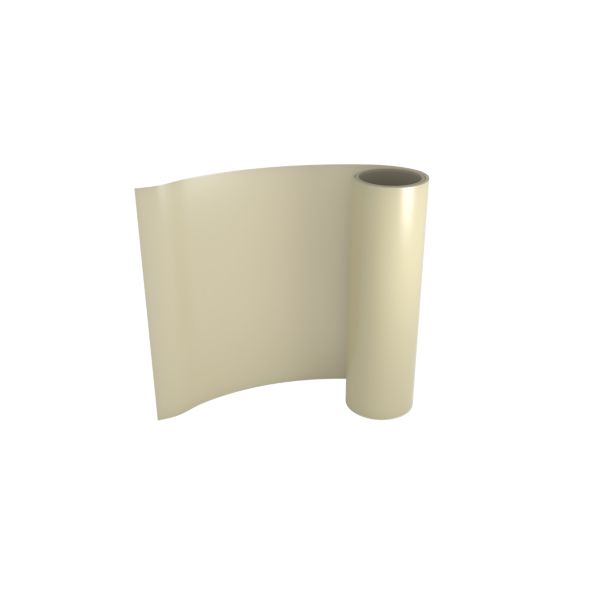LOCTITE ABLESTIK ECF 564A
Harmonization Code : 3920.99.28.90 | Other plates, sheets, film, foil and strip, of plastics, non-cellular and not reinforced, laminated, supported or similarly combined with other materials ; Of other plastics ; Other; Other
Main features
- Electrically conductive
- Excellent thermal conductivity
- Passes Mil 5011 and NASA outgassing
Product Description
LOCTITE ABLESTIK ECF 564A adhesive film is designed for use in hybrid packages where outgassing and ionic contamination must be kept to a minimum. This electrically conductive adhesive film has excellent thermal conductivity and comes with a glass fabric carrier.
LOCTITE ABLESTIK ECF 564A assembly adhesive film has very low squeeze out during bonding and meets the NASA outgassing requirements and those of MIL-STD883C, Method 5011
Cure Schedule
- 2 hours @ 150°C
Technical Specifications
| General Properties | |||||||||
| |||||||||
| |||||||||
| Chemical Properties | |||||||||
| |||||||||
| Thermal Properties | |||||||||
| |||||||||
| Glass Transition Temperature (Tg) Glass Transition Temperature (Tg) The glass transition temperature for organic adhesives is a temperature region where the polymers change from glassy and brittle to soft and rubbery. Increasing the temperature further continues the softening process as the viscosity drops too. Temperatures between the glass transition temperature and below the decomposition point of the adhesive are the best region for bonding. The glass-transition temperature Tg of a material characterizes the range of temperatures over which this glass transition occurs. | 150 °C | ||||||||
| Thermal Conductivity Thermal Conductivity Thermal conductivity describes the ability of a material to conduct heat. It is required by power packages in order to dissipate heat and maintain stable electrical performance. Thermal conductivity units are [W/(m K)] in the SI system and [Btu/(hr ft °F)] in the Imperial system. | 2.2 W/m.K | ||||||||



